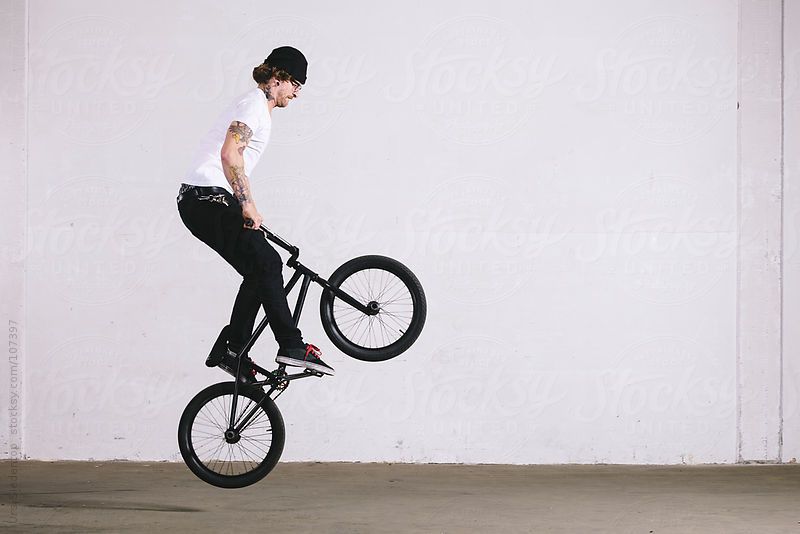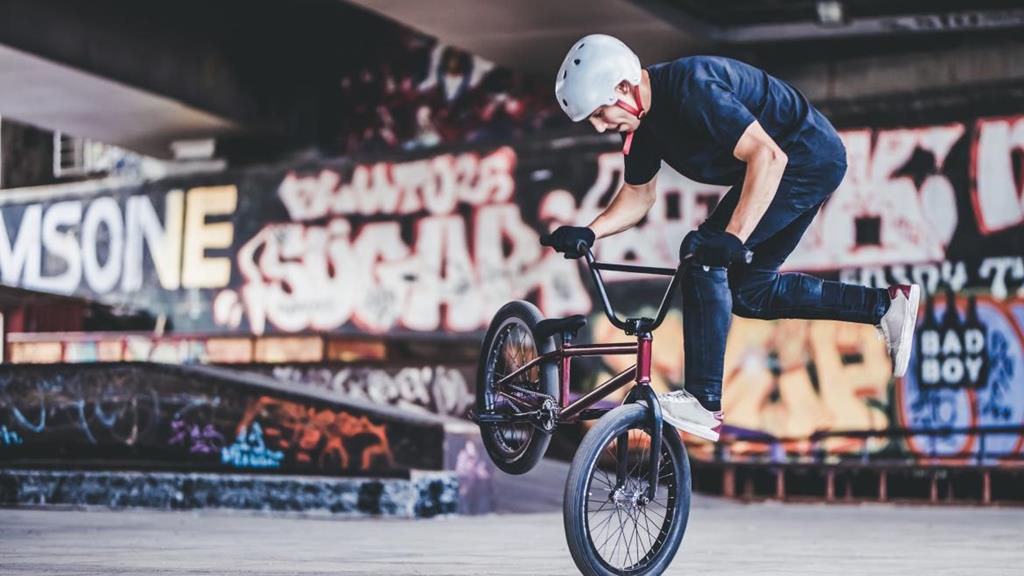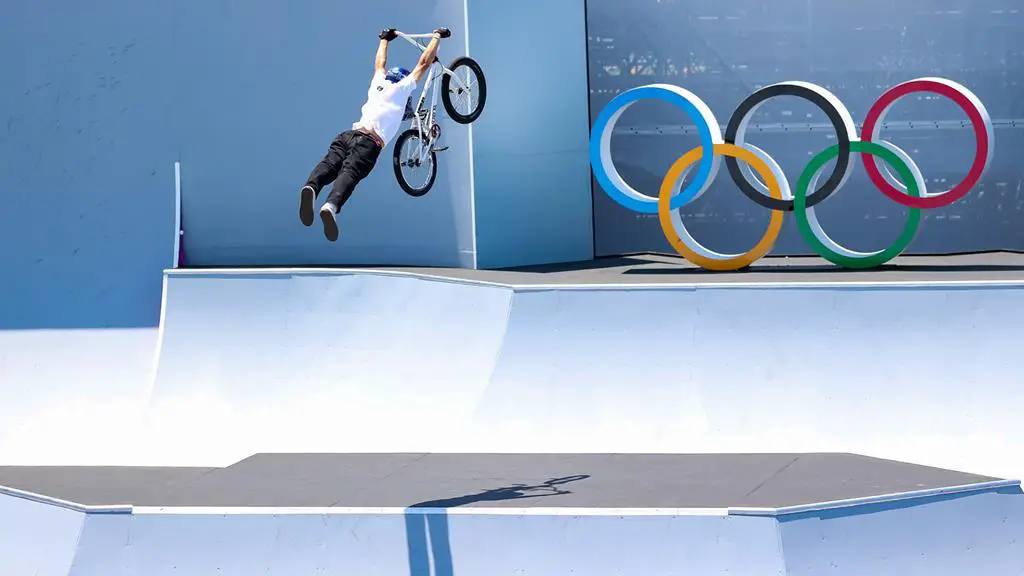Introduction
BMX, an adrenaline-fueled and gravity-defying sport, has captured the hearts of thrill-seekers and extreme sports enthusiasts worldwide. From its humble beginnings on the streets of Southern California to becoming a global phenomenon, BMX has evolved into various disciplines and styles, each with its own unique charm.
This article explores the captivating history of BMX, celebrating legendary riders who have redefined the sport, showcasing gravity-defying tricks that push the boundaries of what’s possible, and examining recent developments that continue to elevate BMX to new heights.
The Origins of BMX
The Birth of Bicycle Motocross
BMX traces its origins to the late 1960s and early 1970s in Southern California, where young riders sought to emulate their motocross idols on bicycles. They began racing each other on dirt tracks, giving rise to the term “Bicycle Motocross” or BMX.
Evolution from Motocross Racing
As the sport gained popularity, it evolved into various disciplines, including racing, freestyle, street, park, and dirt jumping. Each style brought its own creative flair and technical challenges, broadening the appeal of it to a diverse audience.
Legendary Riders
Mat Hoffman: The Condor
Mat Hoffman, known as “The Condor,” is an absolute legend famous for pushing the boundaries of vert riding. He is credited with inventing numerous tricks and successfully executing the first-ever no-handed 900, showcasing his fearlessness and innovation.
Dave Mirra: The Miracle Boy
Dave Mirra was another iconic figure in the sport, winning multiple X Games gold medals and revolutionizing the sport with his extraordinary skills in both vert and park riding.
Ryan Nyquist: The Versatile Pro
Ryan Nyquist is a versatile rider, excelling in multiple disciplines, including dirt, park, and street riding. His technical prowess and creativity have earned him widespread admiration.
Bob Haro: The Godfather of Freestyle
Bob Haro, a pioneer in freestyle BMX, played a pivotal role in popularizing the sport in the 1980s. As a rider, artist, and entrepreneur, he laid the foundation for modern-day freestyle.
Gravity-Defying BMX Tricks
The Backflip: A Game-Changing Maneuver
The backflip, a groundbreaking trick first executed by Mat Hoffman in 1993, revolutionized the sport and opened the door to a new era of aerial stunts.
The Tailwhip: A Dizzying Spin
The tailwhip involves spinning the bike’s frame 360 degrees while keeping the handlebars stationary, requiring exceptional bike control and timing.
The 360: A Full-Rotation Stunner
The 360, a classic trick, entails rotating the bike and the rider’s body 360 degrees mid-air, adding an exhilarating twist to jumps and ramps.
The Bunny Hop: The Foundation of BMX
The bunny hop is a fundamental trick where the rider lifts both wheels off the ground simultaneously, essential for clearing obstacles and executing more complex maneuvers.

Recent Developments in the Sport
Integration of BMX in the Olympics
BMX Freestyle made its Olympic debut at the 2020 Tokyo Olympics, granting athletes an opportunity to compete on the world’s biggest stage.
Growing Popularity of Street Riding
Street riding, characterized by creative tricks performed on urban landscapes, has gained popularity, attracting a new generation of riders and fans.
The Rise of Female Athletes
Female riders have been breaking barriers and making significant strides in the sport, garnering well-deserved recognition and inspiring young girls to pursue a career in the sport.
Advancements in Bike Technology
Innovations in bike design and materials have resulted in lighter, stronger, and more specialized bikes, enabling riders to push their limits further.
Thriving BMX Events and Competitions
Events and competitions, such as the X Games and FISE World Series, continue to showcase the talents of riders and celebrate the sport’s vibrant community.

Conclusion
BMX has evolved from its humble beginnings into a dynamic and thriving sport, characterized by legendary riders who have fearlessly pushed the boundaries and gravity-defying tricks that leave spectators in awe.
As the sport continues to grow and evolve, new developments and innovative athletes ensure that it remains at the forefront of extreme sports, inspiring the next generation of riders to soar to new heights.
FAQs
What kind of protective gear is essential for BMX riders?
Riders typically wear helmets, knee pads, elbow pads, and gloves to protect themselves during intense riding sessions.
Is BMX a dangerous sport?
The sport involves inherent risks due to its extreme nature. Riders are encouraged to practice in controlled environments and wear appropriate safety gear to minimize injuries.
Can anyone start BMX riding?
Yes, it is accessible to riders of all ages and skill levels. Beginner riders can start with entry-level bikes and gradually progress as they develop their skills.
What is the difference between BMX racing and BMX freestyle?
Racing involves head-to-head sprint races on dirt tracks, while freestyle focuses on performing tricks and stunts in skateparks or street settings.
Are there BMX events and competitions for amateurs?
Yes, there are numerous local and regional events and competitions that cater to amateur riders of all ages, providing opportunities for friendly competition and skill development.
Have you enjoyed this article? If so, make sure to check out all our Extreme Sports articles.

